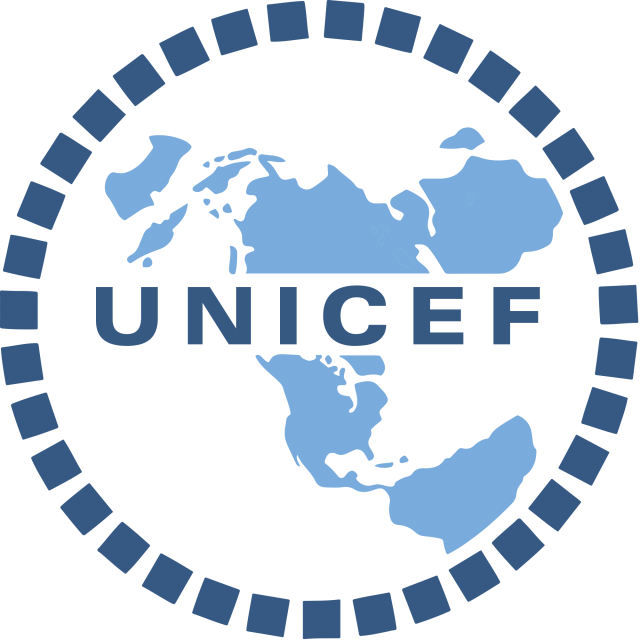Committee Overview
The United Nations International Children’s Emergency Fund (UNICEF) was created in 1946 to help children in Europe suffering from famine and disease. Initially, UNICEF focused on providing children with food, healthcare, and clothing. In 1953, the UN General Assembly made UNICEF a permanent part of the UN. The organization then began campaigns to eliminate diseases like tuberculosis and leprosy. In 1959, the UN passed the Declaration of the Rights of the Child, which guided UNICEF’s work. By 1961, UNICEF expanded its goals to include education and began using a holistic approach to meet the needs of children. The main functions of UNICEF are concerned with health and nutrition, education, protection, advocacy and policy. Today, UNICEF works worldwide to improve children’s health, education, and well-being.
Topic A: Safeguarding Children in International Adoptions
In early 2025, South Korea made a surprising announcement. For years, the country had been sending babies abroad for adoption, but many of these children had fake documents, incorrect stories, and sometimes even parents who wanted to keep them. While international adoption can provide children with safe and loving homes, it can also be a way to avoid improving protections for children and mothers in home countries. This can lead to loss of identity and long-term emotional effects as children grow up. UNICEF works to make sure that adoptions are ethical, child-focused, and follow international laws. The “Hague Convention on Intercountry Adoption” from 1993 is an important treaty to ensure fair practices. The “UN Convention on the Rights of the Child” (CRC) also helps protect children’s rights by saying that adoption must be in the best interests of the child, and that children’s identities, family connections, and names must be protected. UNICEF delegates will need to look at how to improve supervision and rules for adoption agencies, how countries can help children reconnect with their biological families, and how to ensure that adopted children are well taken care of in the long term. Strengthening domestic child welfare systems can also prevent countries from relying too much on international adoption as an easy solution for supporting under-resourced children. All countries involved in international adoption should think about their past actions and how to respect children’s rights, provide access to records, and support children after adoption.
Topic B: Combating the Rise of Infectious Diseases in Children
Young children are more likely to get sick from infectious diseases than adults because their immune systems are still developing. Infectious diseases, like measles, pneumonia, diarrhea, malaria, and tuberculosis, are among the leading causes of death for children under five. These diseases can spread between people or from animals. Right now, vaccination rates for children are at their lowest in decades. General misinformation and groups who oppose vaccines are making this worse. Children in refugee camps or conflict zones may not have access to basic healthcare, clean water, or vaccines. Also, children who are malnourished are at a higher risk of serious infections, so areas with food shortages will see more sick children. Children living in places with poor sanitation and unsafe water are also more likely to get diseases like cholera and diarrhea. Climate change is making the situation worse, as it allows mosquitoes and other disease-carrying animals to spread further into new areas. As a result, larger populations are at risk each year. UNICEF delegates will need to think about how to improve vaccination programs, get healthcare to remote or war-torn areas, fight misinformation about vaccines, and support research and data collection on diseases. Some debates in committee will focus on what issues to prioritize and which particular factors are making more children sick.

